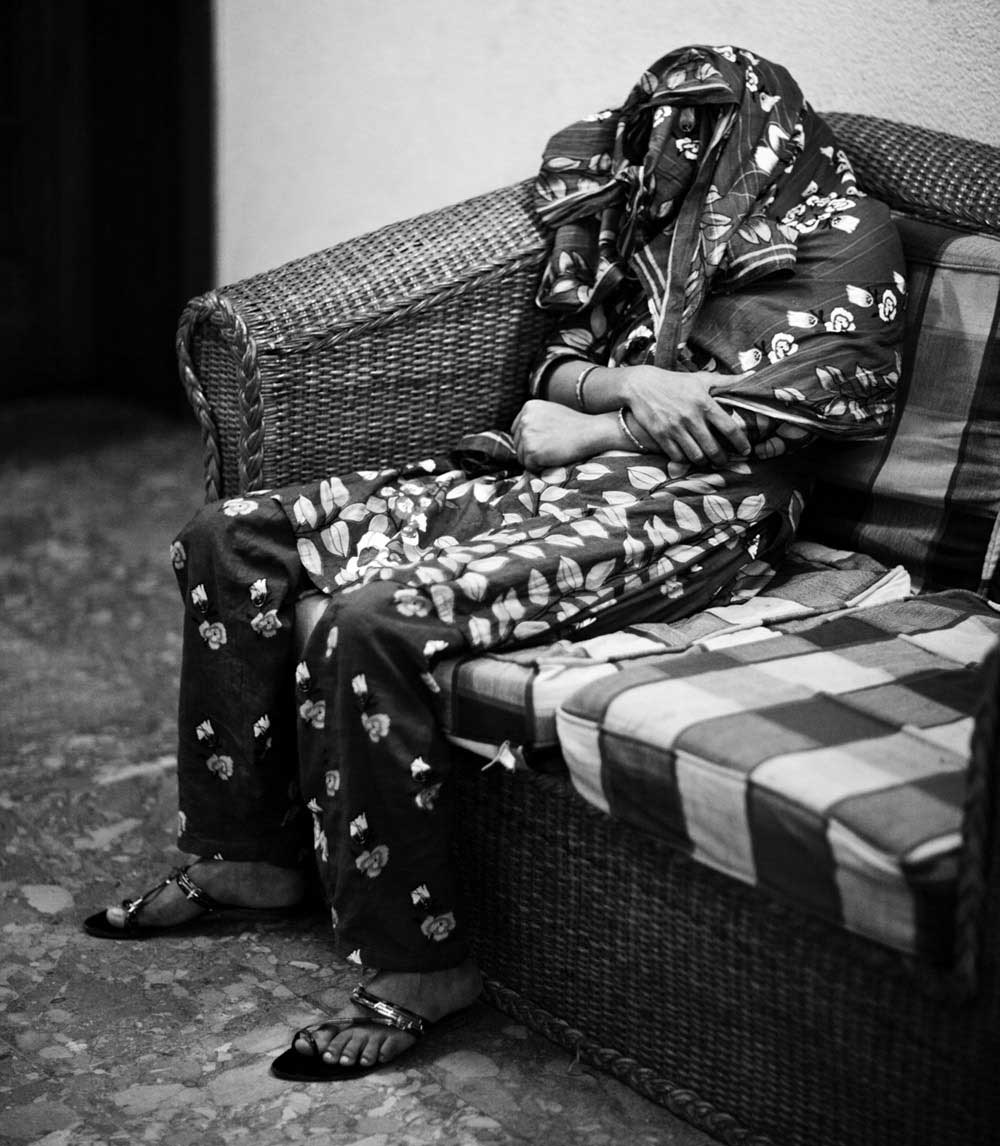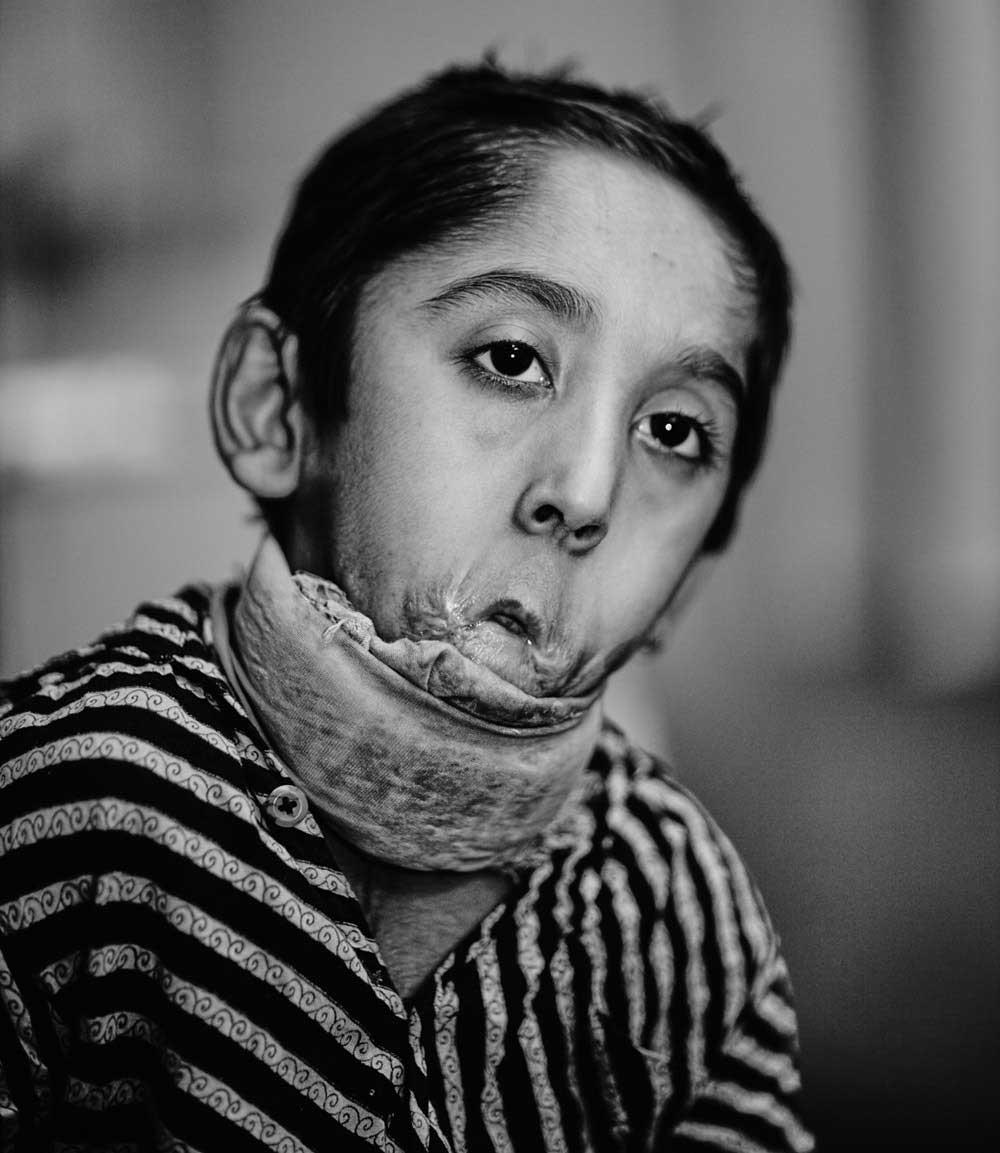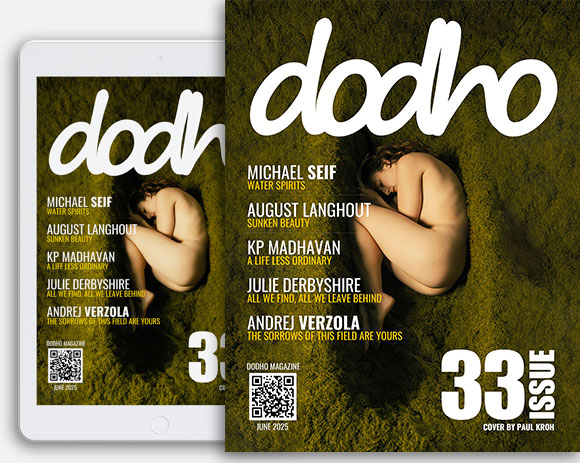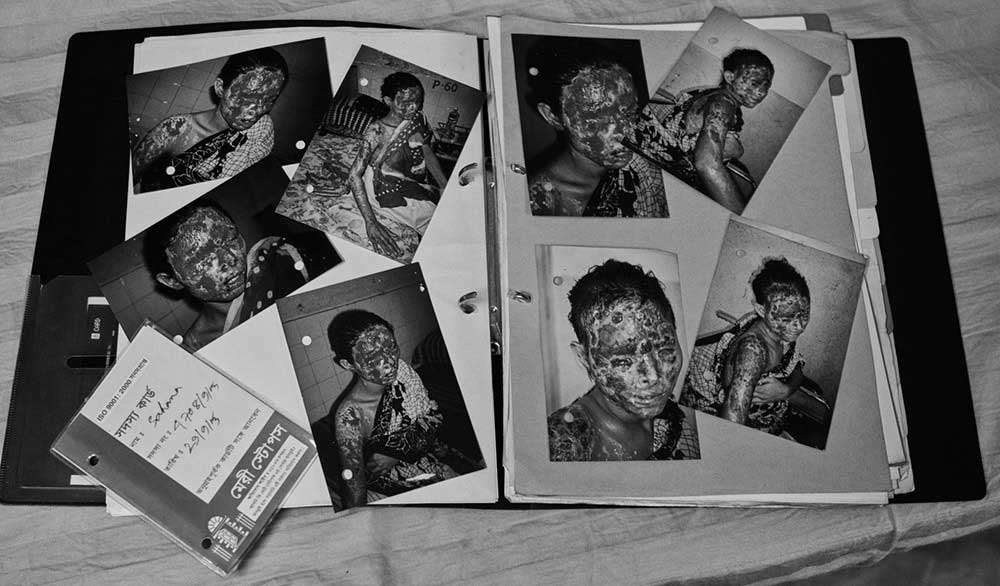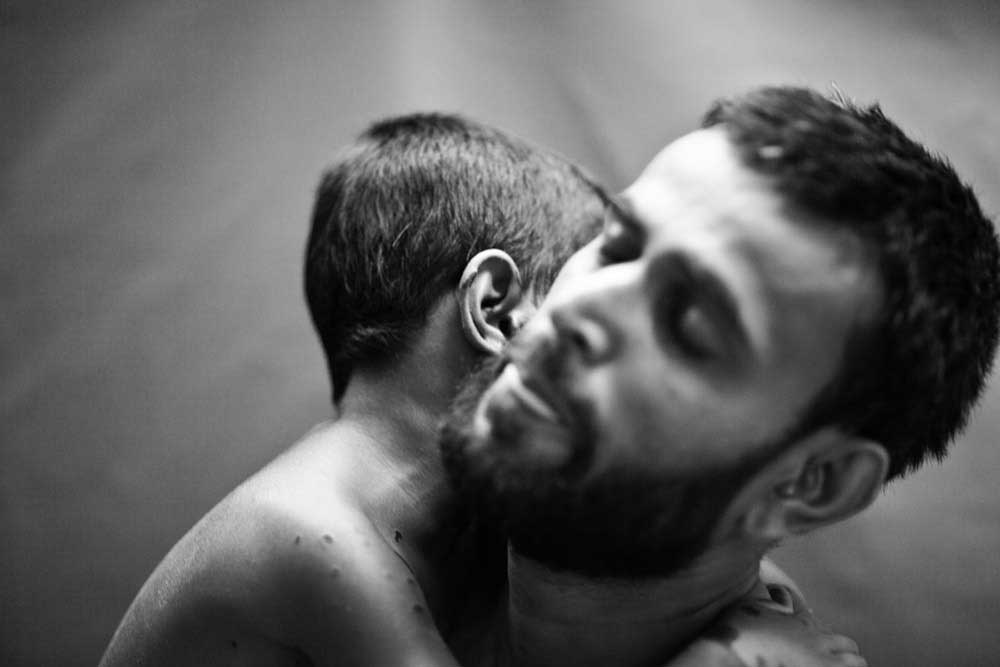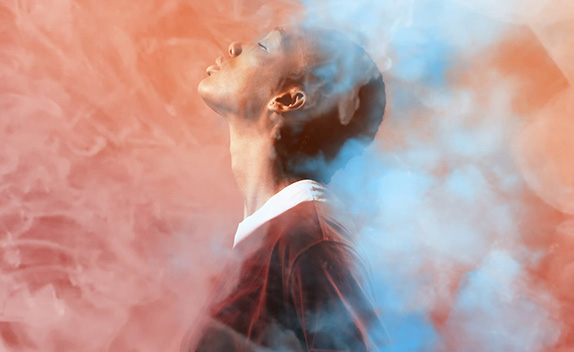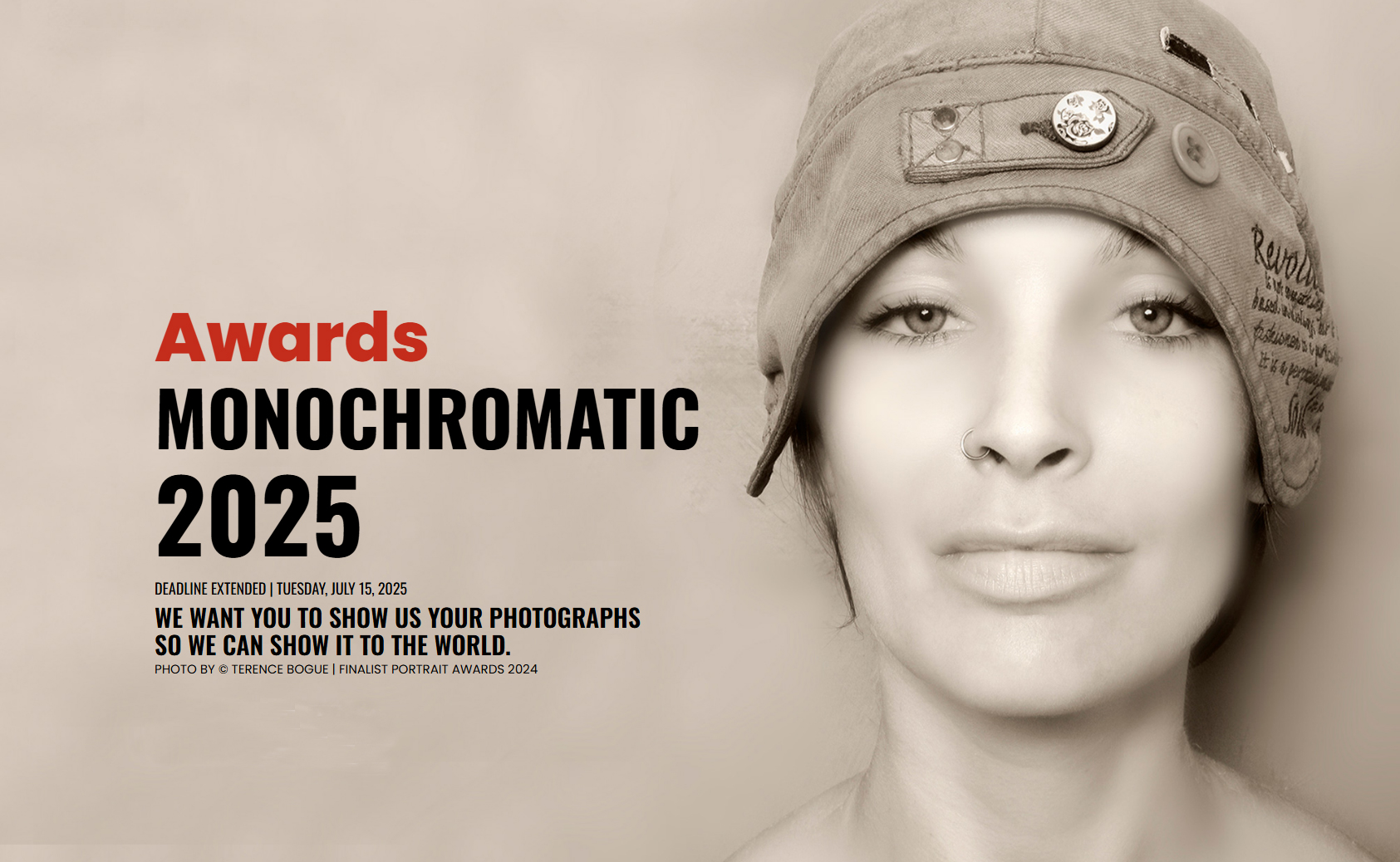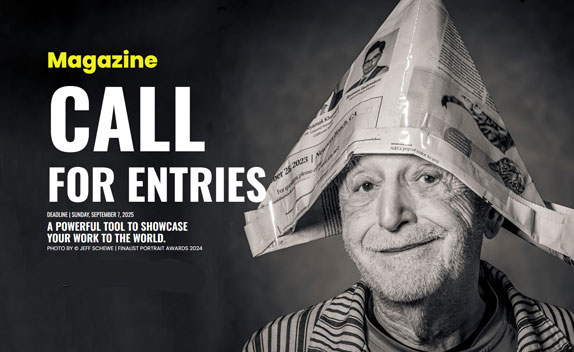Acid attacks in Bangladesh are usually the result of land disputes, rejected marriage proposals, refusal or inability to pay dowry, resistance of being trafficked as sex worker or simply the desire for revenge.
The overwhelming majority of victims are young women and children, but men are also increasingly among the victims. Permanently disfigured and psychologically scarred, survivors are often shunned from their local communities, making it impossible for them to find work or get married. It is estimated that from 1999 and until 2013 app. 3000-4000 women, children and men in Bangladesh fell victim to acid attacks. Though the rate of acid violence is in decline, the number of attacks remains alarmingly high. Statistics are never fully reliable. The photographer was living in Dhaka from 2007 to 2012, and these photographs of acid survivors were made during 2011 and 2012. During that period new victims were admitted every week to the Acid Survivors’ Foundation (ASF) in Dhaka.
About Jan Møller Hansen
Jan Møller Hansen (b. 1964) is a self-taught and international award-winning photographer, who works with visual story telling and social documentary. He has attended a few trainings by VII Photo Agency, Magnum Photos, British Journal of Photography, Grundtvig High School in Denmark and is presently enrolled in a documentary photography course organised by World Press Photo, Noor and DMJX.
Jan has photographed slum dwellers, indigenous and aborigine people, brick kiln workers, sexual minorities, sex workers, conflict affected people, refugees, acid survivors and other marginalised people while living in Nepal, Bangladesh and South Sudan. He works with international development and humanitarian assistance and is a former senior diplomat.[Official Website]
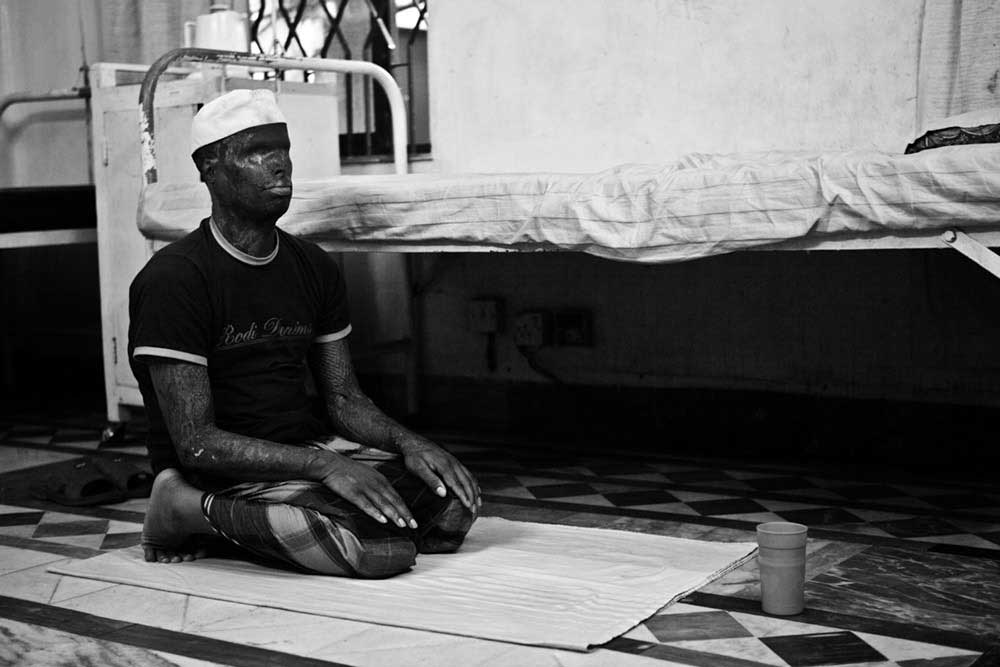
Shamsul Hoque is 30 years old and from Thakurgaon in North-eastern Bangladesh. Shamsul had a shop where he repaired TVs and electronics. He was doing business together with a friend, who had a tailor shop next door. Business went okay for Shamsul, and he started lending a bit of money to his friend who was in trouble. After some time Shamsul realised that his friend was not willing to repay the loan. The shop that his friend occupied also belonged to Shamsul, and the friend did not want to pay for electricity and water either. Shamsul was not happy with the situation.
In the beginning, the two were best friends, but then Shamsuls friend got married and things started to change. The relation between Shamsul and his friend became more and more problematic. One night Shamsul was sleeping in his shop. It was dark, and suddenly his friend came into the room during night and threw a bucket of acid over him. The acid came all over Shamsuls body and went deep into his eyes. The incidence happened one night in April 2007. Shamsul cannot remember which date it was.
Shamsul was rushed to the hospital in Dineshpur – the Medical College. His condition was very severe, and the hospital was not able to treat him properly and to keep him alive. More that 60 per cent of his body had been seared by the strong acid.
Some people from the non-governmental organisation BRAC had heard about the case, and they came to the hospital and got Shamsul transported to the City Hospital in Dhaka city. Shamsul was kept alive at the City Hospital, and after some time he was transferred to the Acid Survivors Foundation in Dhaka. Here they were able to save his life and get him through the critical time.
Shamsuls friend, who threw acid at him, had in the meantime gone to India. But after some time his friend came back to Thakurgaon so that he could continue with his business. After one week of the incidence, a police case was filed against Shamsuls friend, but police did not want to take the case further. The police told Shamsul and his family that it was too late to file such a case. So after some time they gave up. Long time ago, BRAC had also filed a case against his friend. Apparently it had gone to the High Court, but Shamsul was not quite sure. Shamsul did not think that anything would happen. Now it was five years ago, and his friend was still living with his family and doing business in Thakurgaon – so why should anything happen to him now? There were hundred thousands of unsolved court cases in Bangladesh so he was convinced that nothing would ever happen to his friend. He was just praying to Allah.
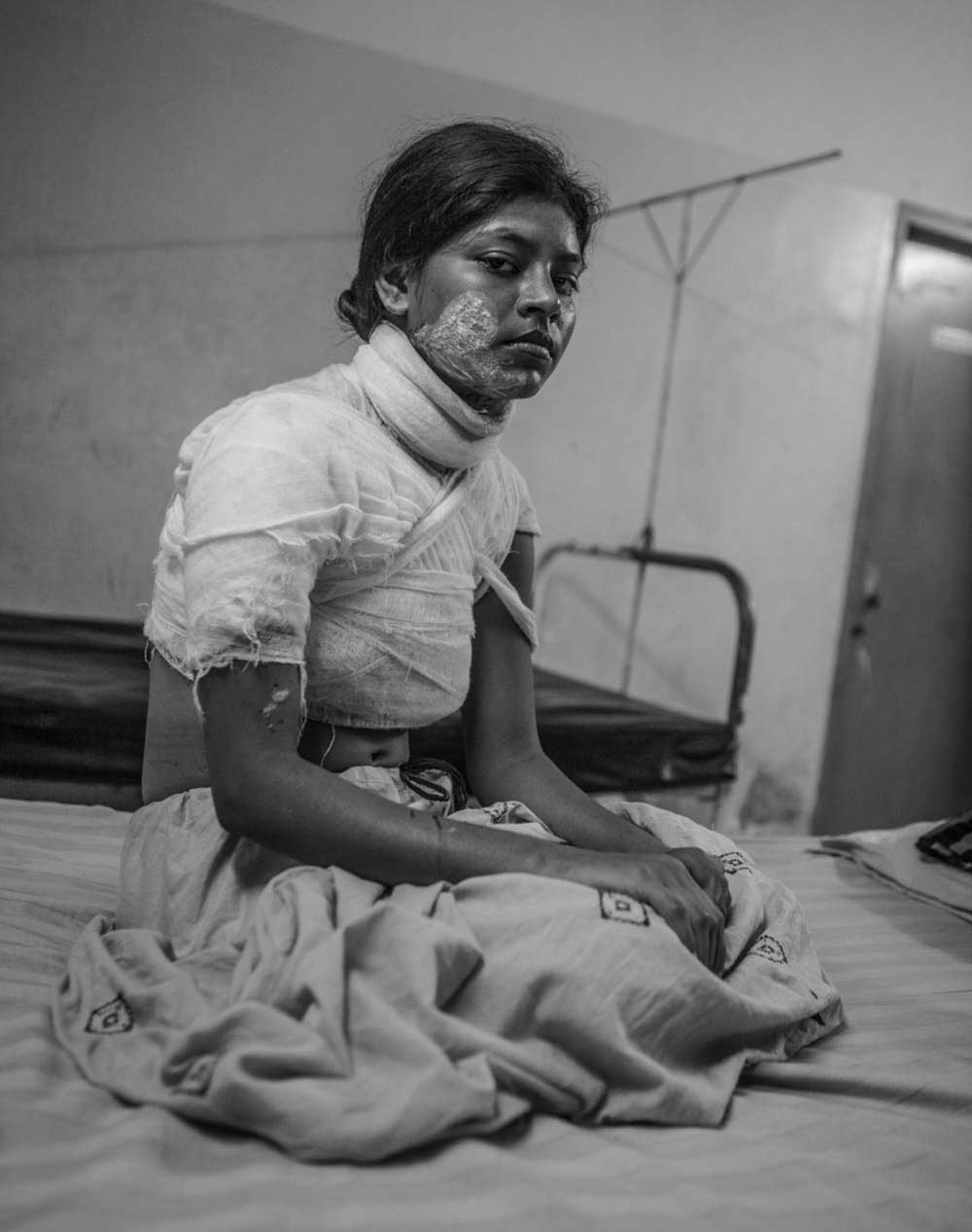
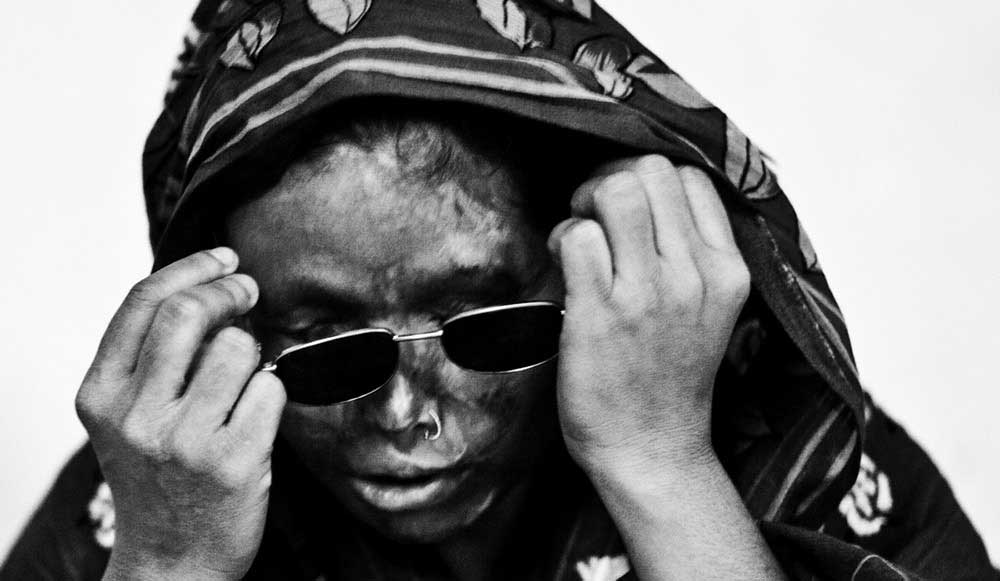
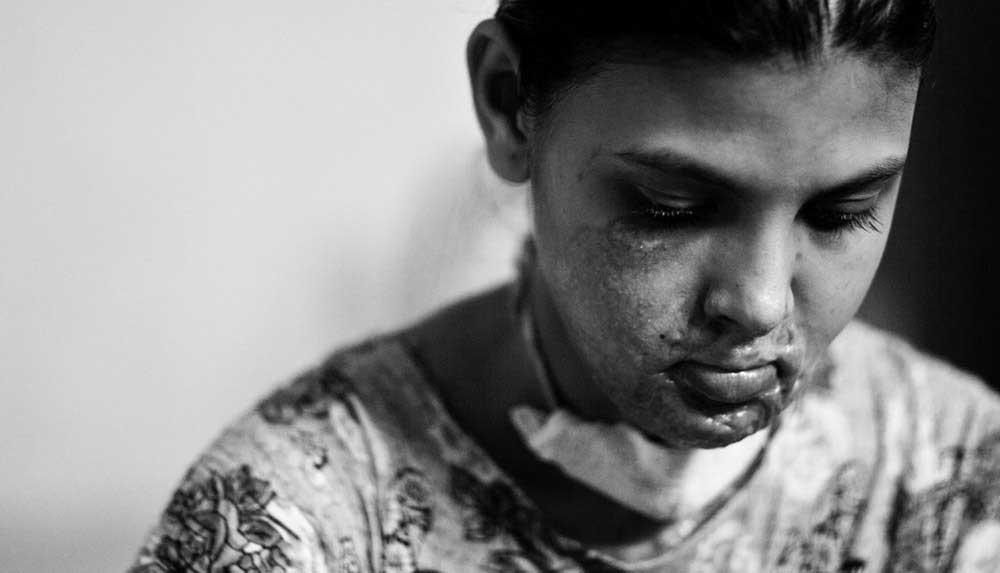
As time went Meftahul became more and more stressed and desperate. After eight months she could not stand it any longer. On 4th July 2011, Meftahul was attending a practical session in the chemistry laboratory at the university. Here she took a bottle with acid and went out of the lab. She sat down on the stairs outside and drank the acid in an attempt to commit suicide. Meftahul did not die instantly and was immediately admitted to the Chittagong Medical College in a critical condition. She was nine days at the hospital in Chittagong and later transferred to the Intensive Care Unit at the Burn Unit at Dhaka Medical Hospital. Meftahul spend two months at the Intensive Care Unit struggling for her life before she came to the Acid Survivors’ Foundation in Dhaka

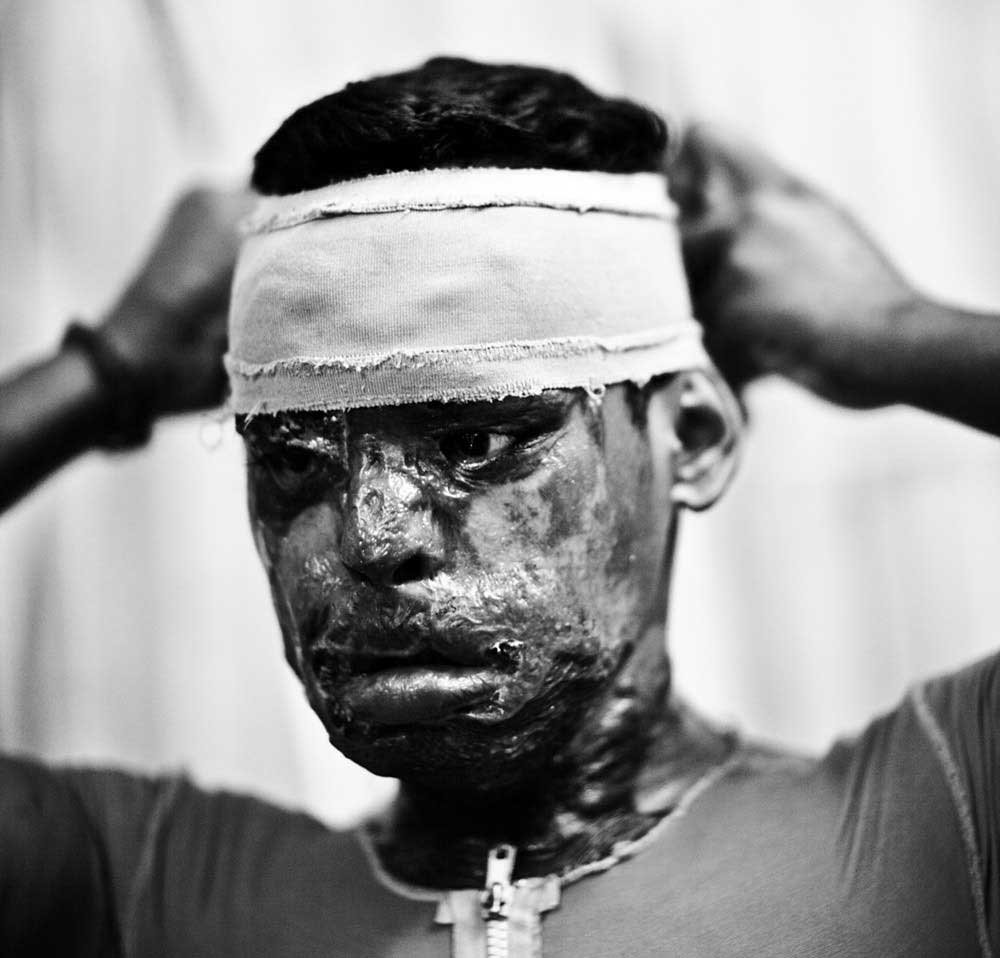
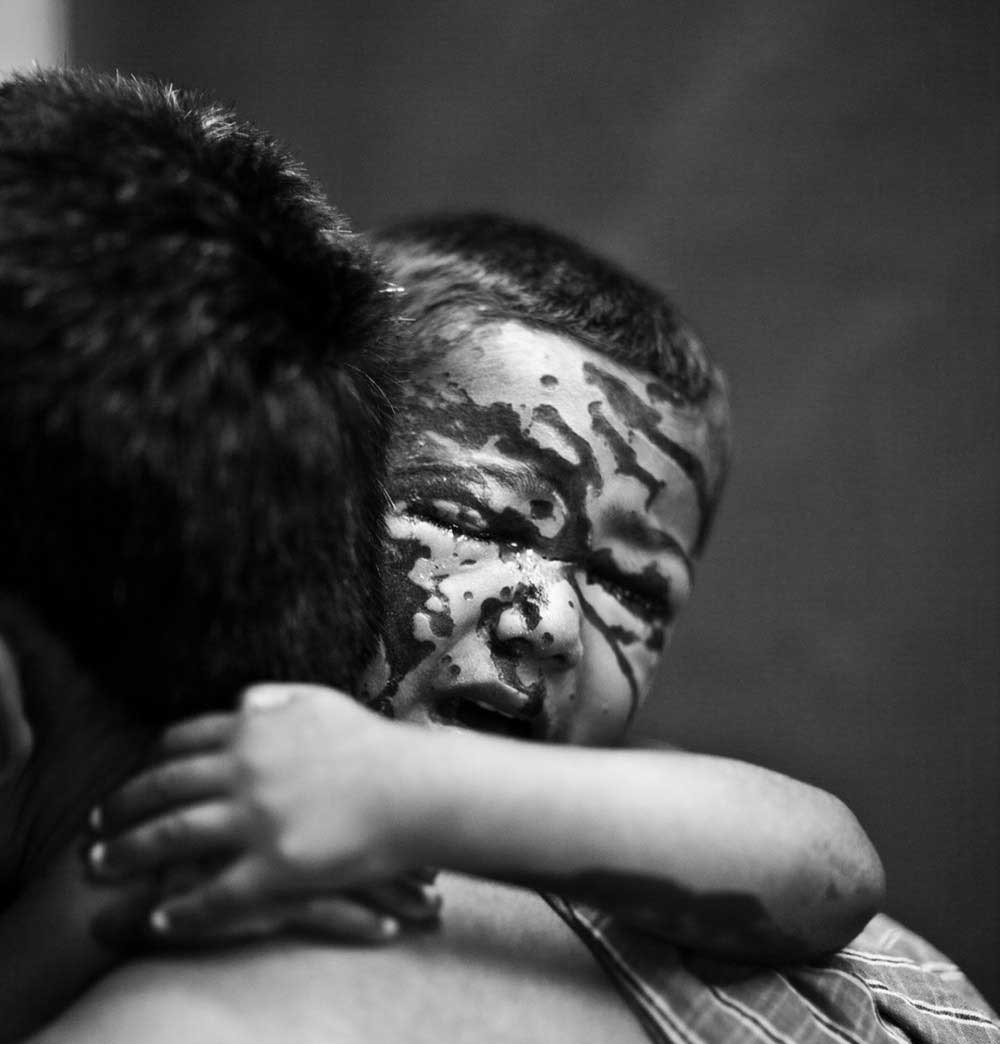
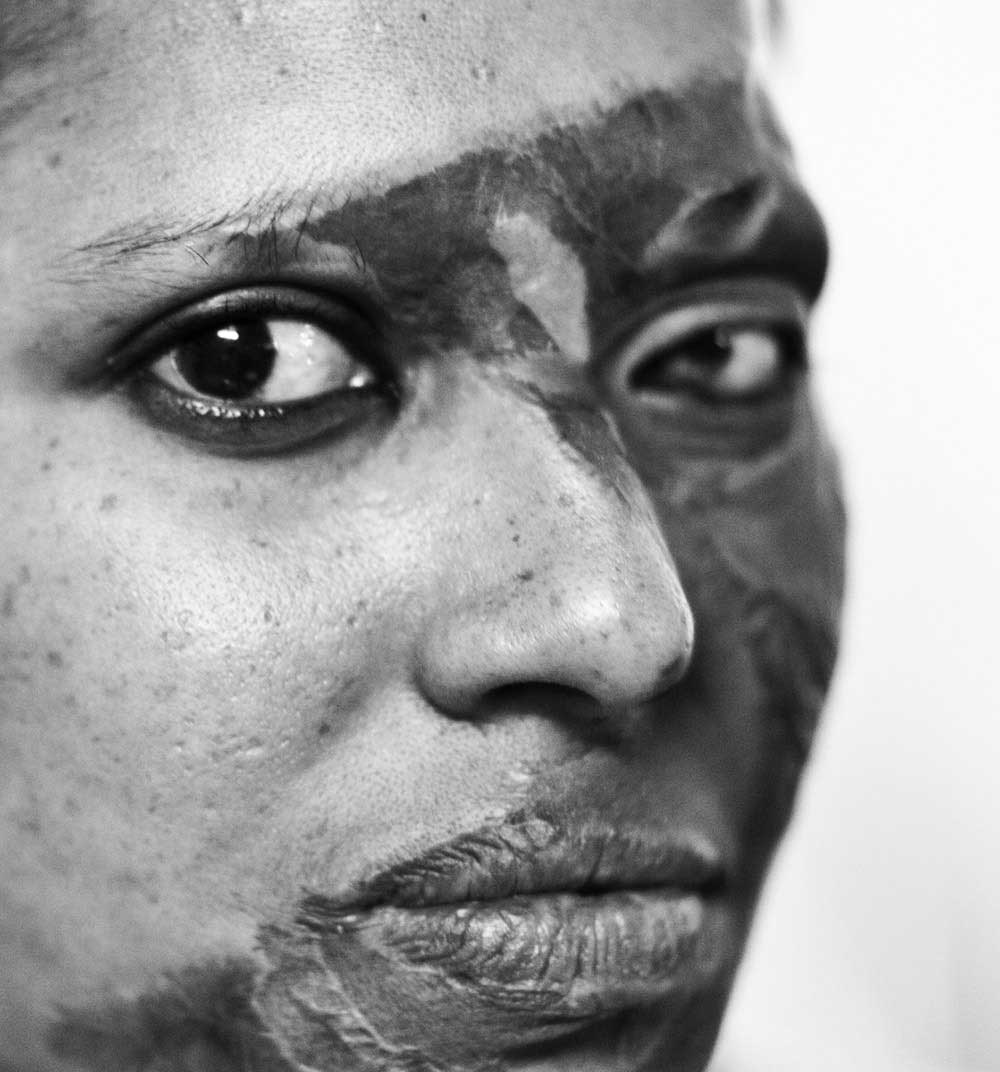
Sonia is herself working with acid victims and is proud, because she has recently been promoted to a better job. Today is she is filling-in paper for a mother and her three years old son, who some days ago was also attacked with acid by an uncle. Sonia earns 9000 taka, equivalent to 150 dollars, per month and spends half of her salary for her family. After work she is trying to study and finish her bachelor in arts at a private university in Dhaka.
Sonia’s surname is Bristi, which means rain. She hopes that rain will heal her scars. Sonia filed a case with the police, and the cousin who committed the crime was sentenced to 32 years in jail.
